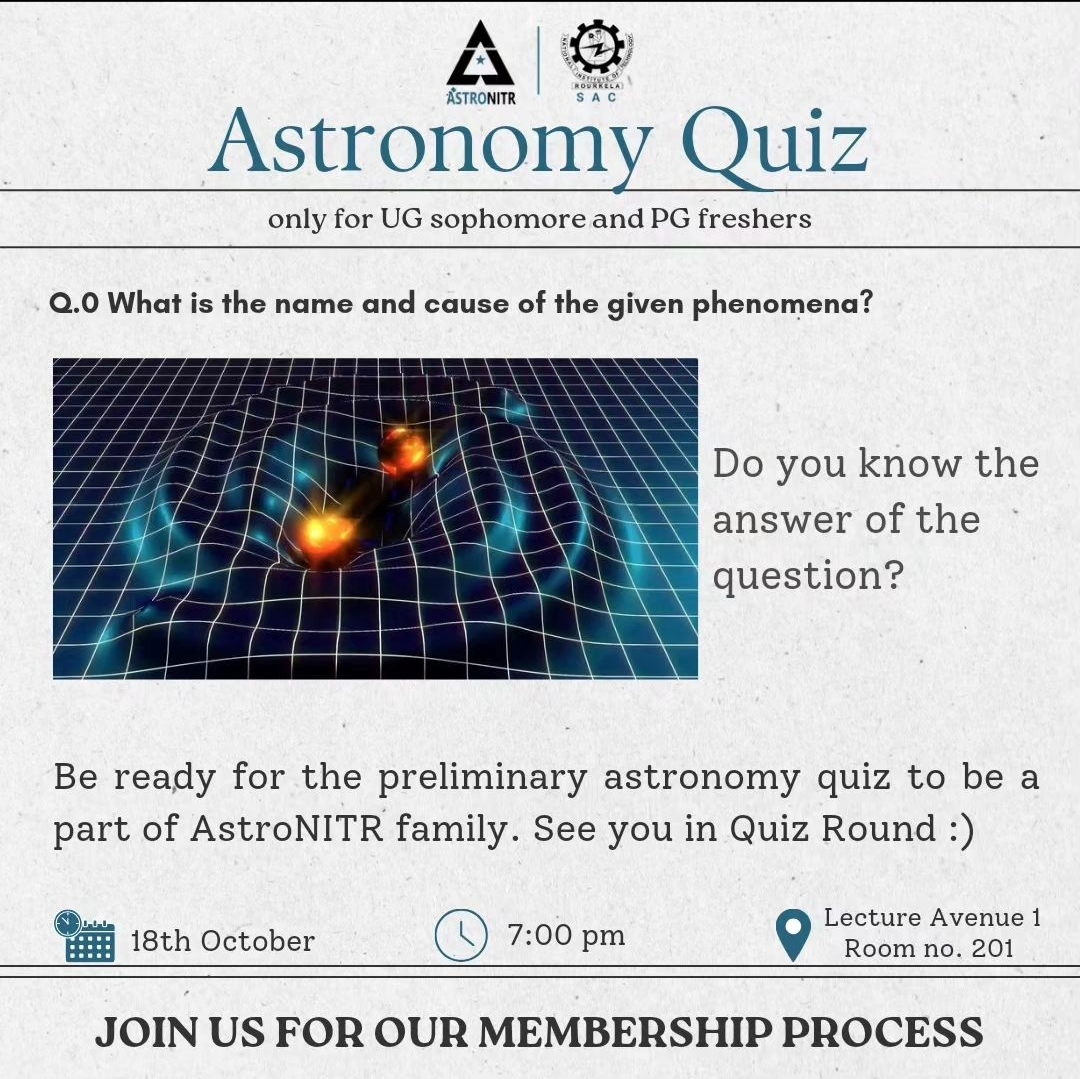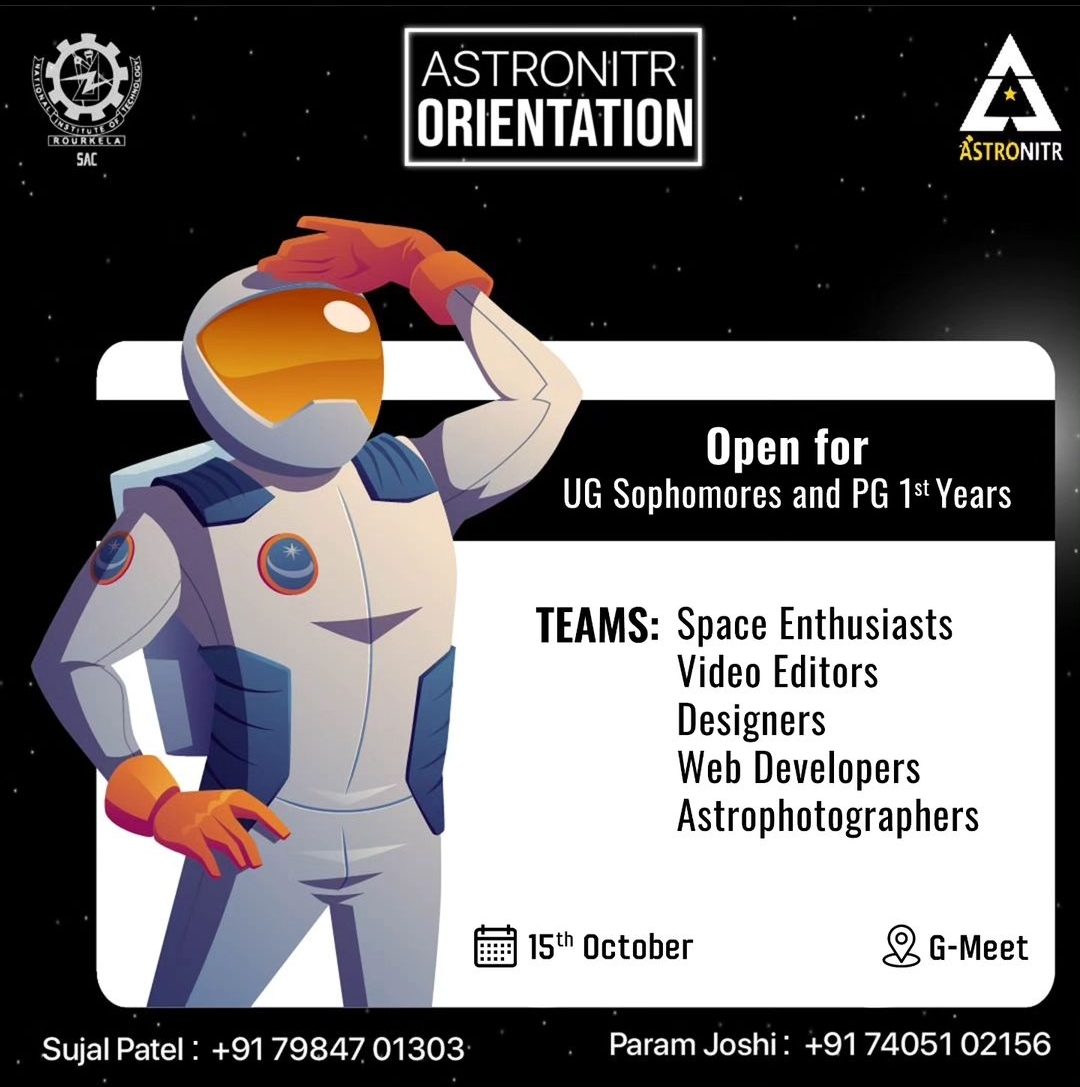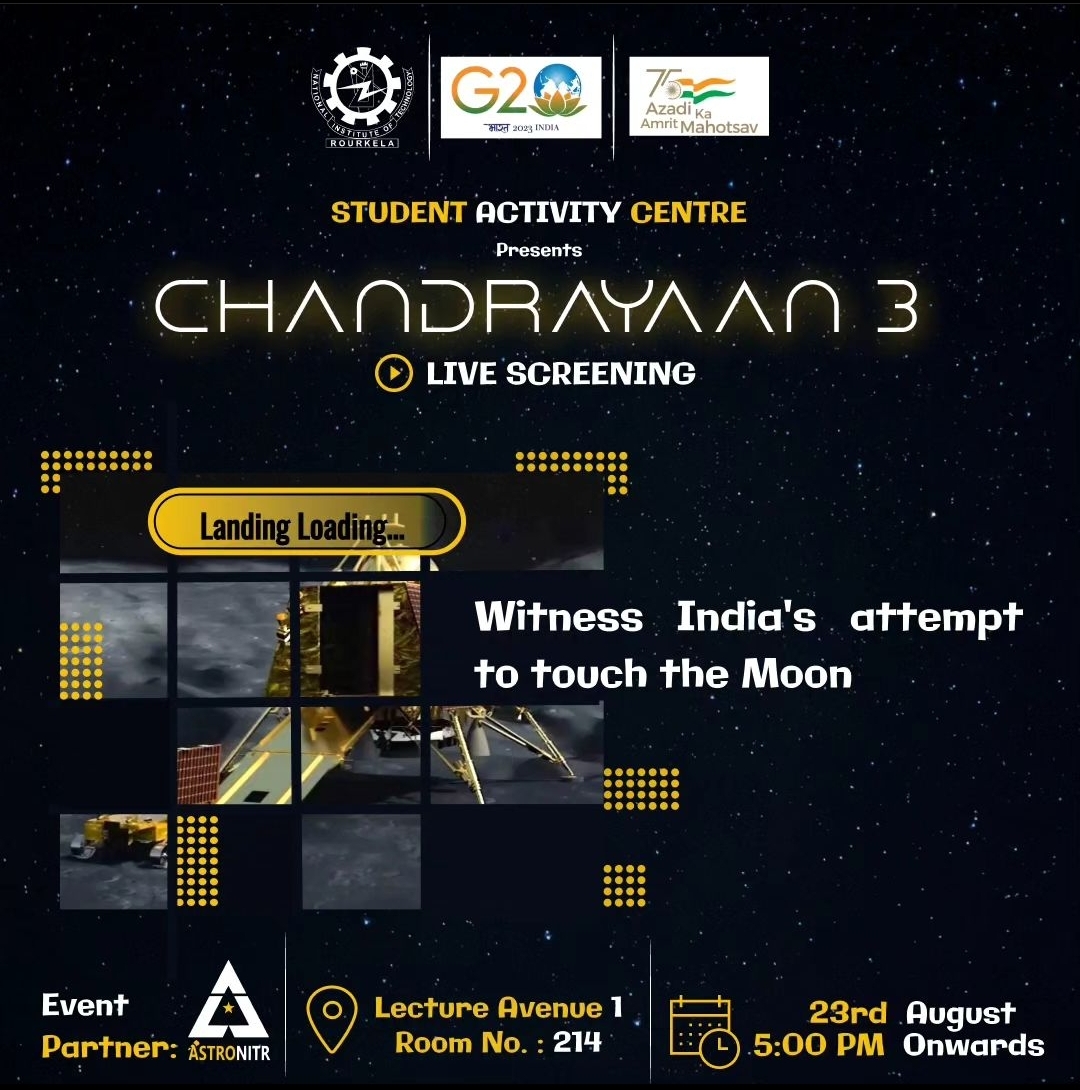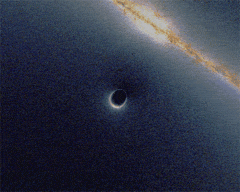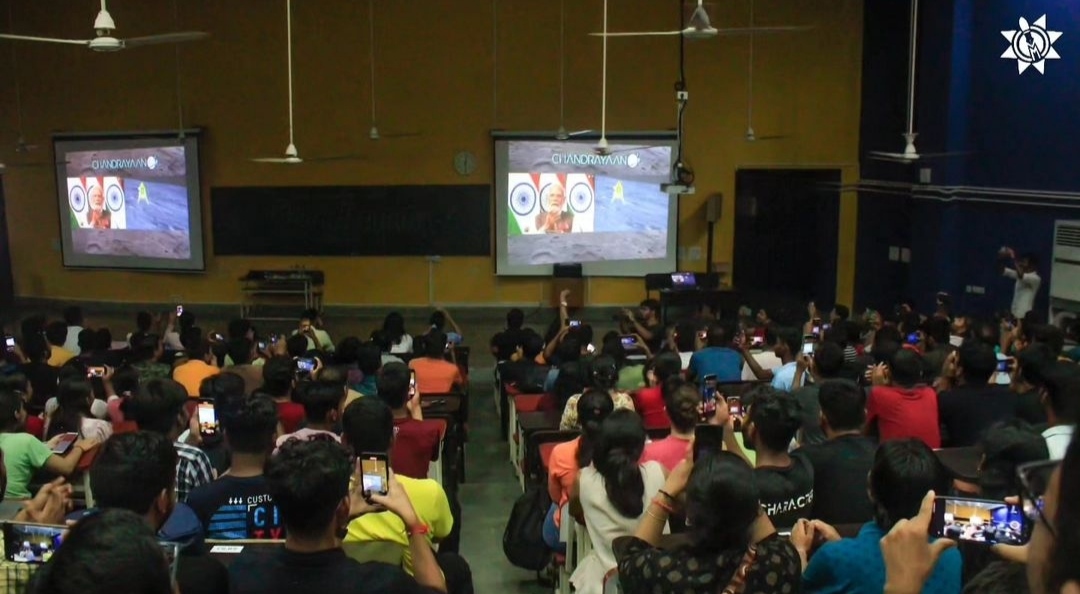ASTRO
Official Astrophysics and Astronomy Club of NIT Rourkela
BLOGS
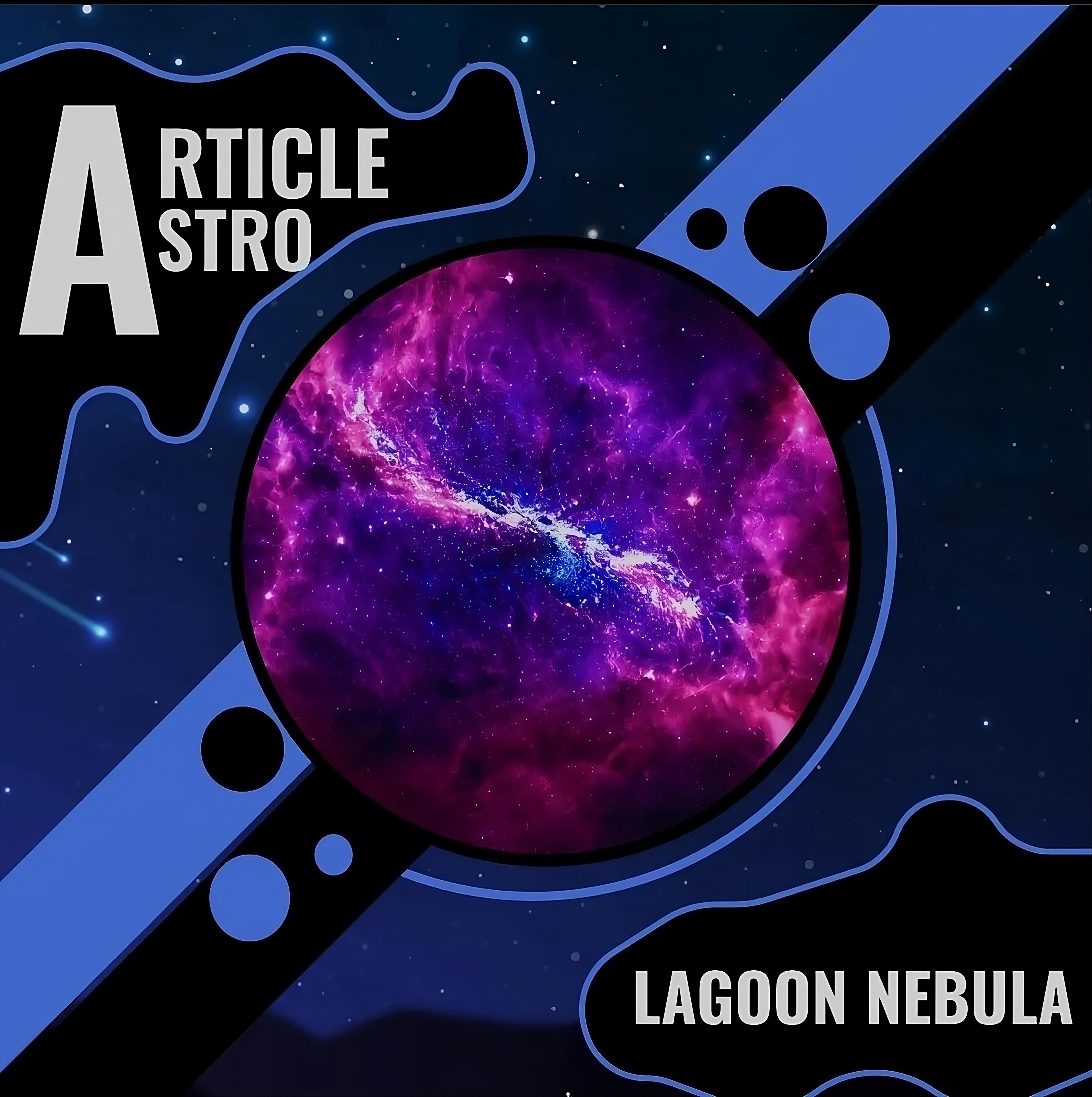
LAGOON NEBULA
ReadASTRO ARTICLE
LAGOON NEBULA
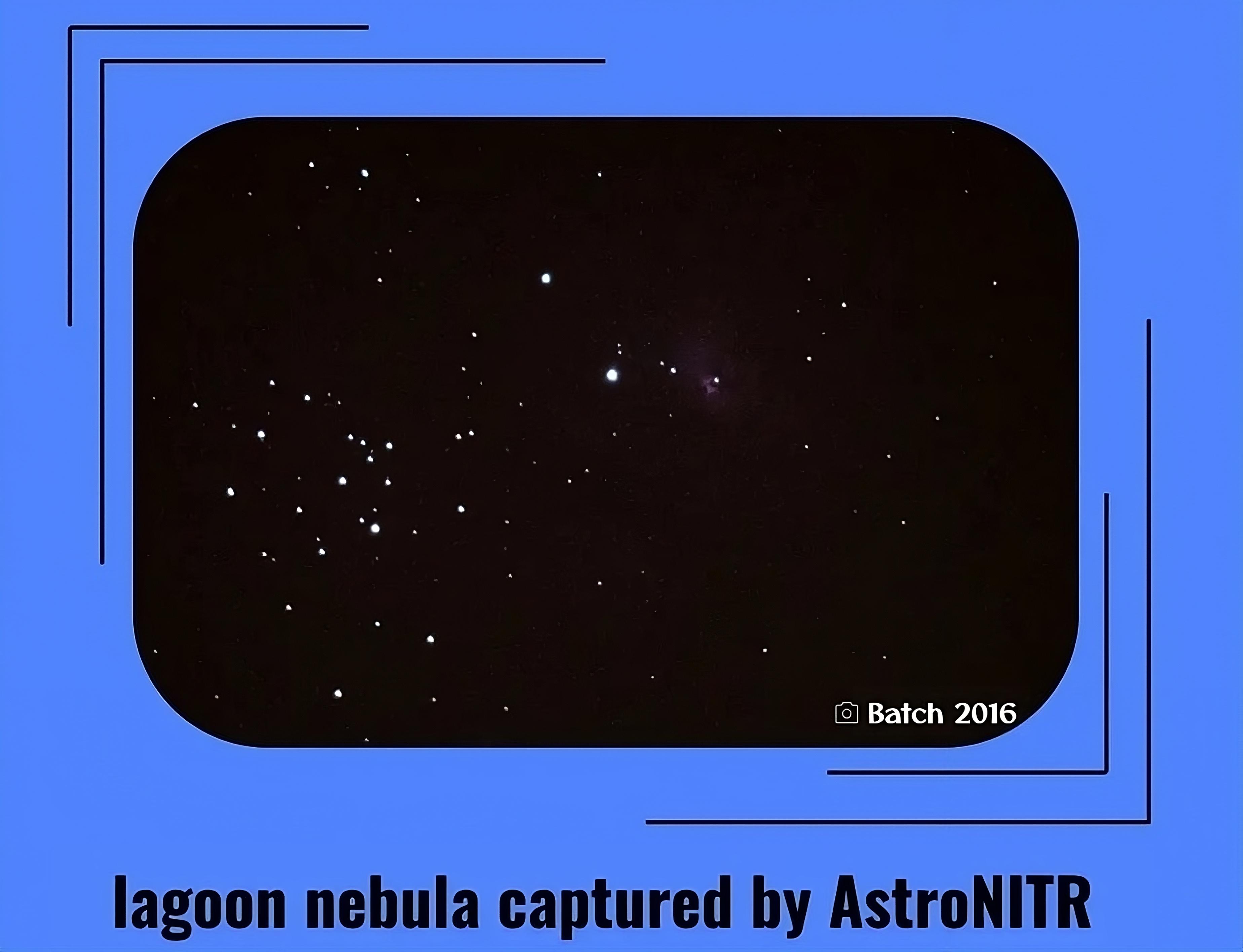
The Lagoon Nebula Nebulae, lying in the Tranquillity of deep space, these giant clouds of cosmic dust, are among the most magnificent things known to humans. The vibrant hues and their intangible shape make them a fascinating attraction for astrophotography. One such Nebula is The Lagoon Nebula. Also catalogued as Messier8 or M8, this giant interstellar cloud was discovered by Grovami Hodierna in the 1650s
It is estimated to be between 4000-6000 light years away from the Earth, in the Sagittarius constellation, and spans an actual dimension of 110 by 50 light years. It gets its name from the wide Lagoon-shaped dust lane stretching across Nebula's glowing gas. When seen with binoculars, it appears as a distinct cloud-like grey patch with a definite core, though it appears pink in the time-exposed colour photos. Being one of the only two star-forming nebulae faintly visible to the eye adds another awe-inspiring fact to it. Messier 8 is classified as an emission Nebula and also as an H II region (region of interstellar atomic hydrogen that's ionized). This means it is formed of ionized gases that emit light of different wavelengths. It's also home to its own open cluster NCG 635 - a cluster of young, hot, blue stars.
These massive stars emit intense ultraviolet radiation, which ionizes the surrounding hydrogen gas, causing it to emit light of various colours. This emission nebula gives the Lagoon Nebula its characteristic glow, with vibrant pink, red, and orange hues permeating the region.
Along with these stars, it also houses many dark Bok Globules. These globules are potential sites for the formation of new stars, as gravity acts upon them, causing them to collapse and eventually give rise to protostars. These stellar nurseries provide valuable insights into the star formation processes and the evolution of stellar systems. At its centre, there's a structure known as the hourglass nebula (not the same as the Engraved Hourglass Nebula). Located in the central part of the Nebula, this dark region divides the emission nebula into two distinct lobes, resembling an hourglass.
The Hourglass Nebula is thought to be a dense cloud of molecular gas and dust, blocking the light from the stars behind it, creating a striking contrast against the glowing backdrop. In recent years, advancements in telescopes and imaging technology have allowed us to explore the Lagoon Nebula with unprecedented clarity. Still, there's probably more to the eerie calmness surrounding its beauty, making it distinctly surreal yet a spectacular fascination for more exploration.

LAGOON NEBULA
ReadASTRO ARTICLE
LAGOON NEBULA

The Lagoon Nebula Nebulae, lying in the Tranquillity of deep space, these giant clouds of cosmic dust, are among the most magnificent things known to humans. The vibrant hues and their intangible shape make them a fascinating attraction for astrophotography. One such Nebula is The Lagoon Nebula. Also catalogued as Messier8 or M8, this giant interstellar cloud was discovered by Grovami Hodierna in the 1650s
It is estimated to be between 4000-6000 light years away from the Earth, in the Sagittarius constellation, and spans an actual dimension of 110 by 50 light years. It gets its name from the wide Lagoon-shaped dust lane stretching across Nebula's glowing gas. When seen with binoculars, it appears as a distinct cloud-like grey patch with a definite core, though it appears pink in the time-exposed colour photos. Being one of the only two star-forming nebulae faintly visible to the eye adds another awe-inspiring fact to it. Messier 8 is classified as an emission Nebula and also as an H II region (region of interstellar atomic hydrogen that's ionized). This means it is formed of ionized gases that emit light of different wavelengths. It's also home to its own open cluster NCG 635 - a cluster of young, hot, blue stars.
These massive stars emit intense ultraviolet radiation, which ionizes the surrounding hydrogen gas, causing it to emit light of various colours. This emission nebula gives the Lagoon Nebula its characteristic glow, with vibrant pink, red, and orange hues permeating the region.
Along with these stars, it also houses many dark Bok Globules. These globules are potential sites for the formation of new stars, as gravity acts upon them, causing them to collapse and eventually give rise to protostars. These stellar nurseries provide valuable insights into the star formation processes and the evolution of stellar systems. At its centre, there's a structure known as the hourglass nebula (not the same as the Engraved Hourglass Nebula). Located in the central part of the Nebula, this dark region divides the emission nebula into two distinct lobes, resembling an hourglass.
The Hourglass Nebula is thought to be a dense cloud of molecular gas and dust, blocking the light from the stars behind it, creating a striking contrast against the glowing backdrop. In recent years, advancements in telescopes and imaging technology have allowed us to explore the Lagoon Nebula with unprecedented clarity. Still, there's probably more to the eerie calmness surrounding its beauty, making it distinctly surreal yet a spectacular fascination for more exploration.

LAGOON NEBULA
ReadASTRO ARTICLE
LAGOON NEBULA

The Lagoon Nebula Nebulae, lying in the Tranquillity of deep space, these giant clouds of cosmic dust, are among the most magnificent things known to humans. The vibrant hues and their intangible shape make them a fascinating attraction for astrophotography. One such Nebula is The Lagoon Nebula. Also catalogued as Messier8 or M8, this giant interstellar cloud was discovered by Grovami Hodierna in the 1650s
It is estimated to be between 4000-6000 light years away from the Earth, in the Sagittarius constellation, and spans an actual dimension of 110 by 50 light years. It gets its name from the wide Lagoon-shaped dust lane stretching across Nebula's glowing gas. When seen with binoculars, it appears as a distinct cloud-like grey patch with a definite core, though it appears pink in the time-exposed colour photos. Being one of the only two star-forming nebulae faintly visible to the eye adds another awe-inspiring fact to it. Messier 8 is classified as an emission Nebula and also as an H II region (region of interstellar atomic hydrogen that's ionized). This means it is formed of ionized gases that emit light of different wavelengths. It's also home to its own open cluster NCG 635 - a cluster of young, hot, blue stars.
These massive stars emit intense ultraviolet radiation, which ionizes the surrounding hydrogen gas, causing it to emit light of various colours. This emission nebula gives the Lagoon Nebula its characteristic glow, with vibrant pink, red, and orange hues permeating the region.
Along with these stars, it also houses many dark Bok Globules. These globules are potential sites for the formation of new stars, as gravity acts upon them, causing them to collapse and eventually give rise to protostars. These stellar nurseries provide valuable insights into the star formation processes and the evolution of stellar systems. At its centre, there's a structure known as the hourglass nebula (not the same as the Engraved Hourglass Nebula). Located in the central part of the Nebula, this dark region divides the emission nebula into two distinct lobes, resembling an hourglass.
The Hourglass Nebula is thought to be a dense cloud of molecular gas and dust, blocking the light from the stars behind it, creating a striking contrast against the glowing backdrop. In recent years, advancements in telescopes and imaging technology have allowed us to explore the Lagoon Nebula with unprecedented clarity. Still, there's probably more to the eerie calmness surrounding its beauty, making it distinctly surreal yet a spectacular fascination for more exploration.

LAGOON NEBULA
ReadASTRO ARTICLE
LAGOON NEBULA

The Lagoon Nebula Nebulae, lying in the Tranquillity of deep space, these giant clouds of cosmic dust, are among the most magnificent things known to humans. The vibrant hues and their intangible shape make them a fascinating attraction for astrophotography. One such Nebula is The Lagoon Nebula. Also catalogued as Messier8 or M8, this giant interstellar cloud was discovered by Grovami Hodierna in the 1650s
It is estimated to be between 4000-6000 light years away from the Earth, in the Sagittarius constellation, and spans an actual dimension of 110 by 50 light years. It gets its name from the wide Lagoon-shaped dust lane stretching across Nebula's glowing gas. When seen with binoculars, it appears as a distinct cloud-like grey patch with a definite core, though it appears pink in the time-exposed colour photos. Being one of the only two star-forming nebulae faintly visible to the eye adds another awe-inspiring fact to it. Messier 8 is classified as an emission Nebula and also as an H II region (region of interstellar atomic hydrogen that's ionized). This means it is formed of ionized gases that emit light of different wavelengths. It's also home to its own open cluster NCG 635 - a cluster of young, hot, blue stars.
These massive stars emit intense ultraviolet radiation, which ionizes the surrounding hydrogen gas, causing it to emit light of various colours. This emission nebula gives the Lagoon Nebula its characteristic glow, with vibrant pink, red, and orange hues permeating the region.
Along with these stars, it also houses many dark Bok Globules. These globules are potential sites for the formation of new stars, as gravity acts upon them, causing them to collapse and eventually give rise to protostars. These stellar nurseries provide valuable insights into the star formation processes and the evolution of stellar systems. At its centre, there's a structure known as the hourglass nebula (not the same as the Engraved Hourglass Nebula). Located in the central part of the Nebula, this dark region divides the emission nebula into two distinct lobes, resembling an hourglass.
The Hourglass Nebula is thought to be a dense cloud of molecular gas and dust, blocking the light from the stars behind it, creating a striking contrast against the glowing backdrop. In recent years, advancements in telescopes and imaging technology have allowed us to explore the Lagoon Nebula with unprecedented clarity. Still, there's probably more to the eerie calmness surrounding its beauty, making it distinctly surreal yet a spectacular fascination for more exploration.

LAGOON NEBULA
ReadASTRO ARTICLE
LAGOON NEBULA

The Lagoon Nebula Nebulae, lying in the Tranquillity of deep space, these giant clouds of cosmic dust, are among the most magnificent things known to humans. The vibrant hues and their intangible shape make them a fascinating attraction for astrophotography. One such Nebula is The Lagoon Nebula. Also catalogued as Messier8 or M8, this giant interstellar cloud was discovered by Grovami Hodierna in the 1650s
It is estimated to be between 4000-6000 light years away from the Earth, in the Sagittarius constellation, and spans an actual dimension of 110 by 50 light years. It gets its name from the wide Lagoon-shaped dust lane stretching across Nebula's glowing gas. When seen with binoculars, it appears as a distinct cloud-like grey patch with a definite core, though it appears pink in the time-exposed colour photos. Being one of the only two star-forming nebulae faintly visible to the eye adds another awe-inspiring fact to it. Messier 8 is classified as an emission Nebula and also as an H II region (region of interstellar atomic hydrogen that's ionized). This means it is formed of ionized gases that emit light of different wavelengths. It's also home to its own open cluster NCG 635 - a cluster of young, hot, blue stars.
These massive stars emit intense ultraviolet radiation, which ionizes the surrounding hydrogen gas, causing it to emit light of various colours. This emission nebula gives the Lagoon Nebula its characteristic glow, with vibrant pink, red, and orange hues permeating the region.
Along with these stars, it also houses many dark Bok Globules. These globules are potential sites for the formation of new stars, as gravity acts upon them, causing them to collapse and eventually give rise to protostars. These stellar nurseries provide valuable insights into the star formation processes and the evolution of stellar systems. At its centre, there's a structure known as the hourglass nebula (not the same as the Engraved Hourglass Nebula). Located in the central part of the Nebula, this dark region divides the emission nebula into two distinct lobes, resembling an hourglass.
The Hourglass Nebula is thought to be a dense cloud of molecular gas and dust, blocking the light from the stars behind it, creating a striking contrast against the glowing backdrop. In recent years, advancements in telescopes and imaging technology have allowed us to explore the Lagoon Nebula with unprecedented clarity. Still, there's probably more to the eerie calmness surrounding its beauty, making it distinctly surreal yet a spectacular fascination for more exploration.

LAGOON NEBULA
ReadASTRO ARTICLE
LAGOON NEBULA

The Lagoon Nebula Nebulae, lying in the Tranquillity of deep space, these giant clouds of cosmic dust, are among the most magnificent things known to humans. The vibrant hues and their intangible shape make them a fascinating attraction for astrophotography. One such Nebula is The Lagoon Nebula. Also catalogued as Messier8 or M8, this giant interstellar cloud was discovered by Grovami Hodierna in the 1650s
It is estimated to be between 4000-6000 light years away from the Earth, in the Sagittarius constellation, and spans an actual dimension of 110 by 50 light years. It gets its name from the wide Lagoon-shaped dust lane stretching across Nebula's glowing gas. When seen with binoculars, it appears as a distinct cloud-like grey patch with a definite core, though it appears pink in the time-exposed colour photos. Being one of the only two star-forming nebulae faintly visible to the eye adds another awe-inspiring fact to it. Messier 8 is classified as an emission Nebula and also as an H II region (region of interstellar atomic hydrogen that's ionized). This means it is formed of ionized gases that emit light of different wavelengths. It's also home to its own open cluster NCG 635 - a cluster of young, hot, blue stars.
These massive stars emit intense ultraviolet radiation, which ionizes the surrounding hydrogen gas, causing it to emit light of various colours. This emission nebula gives the Lagoon Nebula its characteristic glow, with vibrant pink, red, and orange hues permeating the region.
Along with these stars, it also houses many dark Bok Globules. These globules are potential sites for the formation of new stars, as gravity acts upon them, causing them to collapse and eventually give rise to protostars. These stellar nurseries provide valuable insights into the star formation processes and the evolution of stellar systems. At its centre, there's a structure known as the hourglass nebula (not the same as the Engraved Hourglass Nebula). Located in the central part of the Nebula, this dark region divides the emission nebula into two distinct lobes, resembling an hourglass.
The Hourglass Nebula is thought to be a dense cloud of molecular gas and dust, blocking the light from the stars behind it, creating a striking contrast against the glowing backdrop. In recent years, advancements in telescopes and imaging technology have allowed us to explore the Lagoon Nebula with unprecedented clarity. Still, there's probably more to the eerie calmness surrounding its beauty, making it distinctly surreal yet a spectacular fascination for more exploration.

LAGOON NEBULA
ReadASTRO ARTICLE
LAGOON NEBULA

The Lagoon Nebula Nebulae, lying in the Tranquillity of deep space, these giant clouds of cosmic dust, are among the most magnificent things known to humans. The vibrant hues and their intangible shape make them a fascinating attraction for astrophotography. One such Nebula is The Lagoon Nebula. Also catalogued as Messier8 or M8, this giant interstellar cloud was discovered by Grovami Hodierna in the 1650s
It is estimated to be between 4000-6000 light years away from the Earth, in the Sagittarius constellation, and spans an actual dimension of 110 by 50 light years. It gets its name from the wide Lagoon-shaped dust lane stretching across Nebula's glowing gas. When seen with binoculars, it appears as a distinct cloud-like grey patch with a definite core, though it appears pink in the time-exposed colour photos. Being one of the only two star-forming nebulae faintly visible to the eye adds another awe-inspiring fact to it. Messier 8 is classified as an emission Nebula and also as an H II region (region of interstellar atomic hydrogen that's ionized). This means it is formed of ionized gases that emit light of different wavelengths. It's also home to its own open cluster NCG 635 - a cluster of young, hot, blue stars.
These massive stars emit intense ultraviolet radiation, which ionizes the surrounding hydrogen gas, causing it to emit light of various colours. This emission nebula gives the Lagoon Nebula its characteristic glow, with vibrant pink, red, and orange hues permeating the region.
Along with these stars, it also houses many dark Bok Globules. These globules are potential sites for the formation of new stars, as gravity acts upon them, causing them to collapse and eventually give rise to protostars. These stellar nurseries provide valuable insights into the star formation processes and the evolution of stellar systems. At its centre, there's a structure known as the hourglass nebula (not the same as the Engraved Hourglass Nebula). Located in the central part of the Nebula, this dark region divides the emission nebula into two distinct lobes, resembling an hourglass.
The Hourglass Nebula is thought to be a dense cloud of molecular gas and dust, blocking the light from the stars behind it, creating a striking contrast against the glowing backdrop. In recent years, advancements in telescopes and imaging technology have allowed us to explore the Lagoon Nebula with unprecedented clarity. Still, there's probably more to the eerie calmness surrounding its beauty, making it distinctly surreal yet a spectacular fascination for more exploration.

LAGOON NEBULA
ReadASTRO ARTICLE
LAGOON NEBULA

The Lagoon Nebula Nebulae, lying in the Tranquillity of deep space, these giant clouds of cosmic dust, are among the most magnificent things known to humans. The vibrant hues and their intangible shape make them a fascinating attraction for astrophotography. One such Nebula is The Lagoon Nebula. Also catalogued as Messier8 or M8, this giant interstellar cloud was discovered by Grovami Hodierna in the 1650s
It is estimated to be between 4000-6000 light years away from the Earth, in the Sagittarius constellation, and spans an actual dimension of 110 by 50 light years. It gets its name from the wide Lagoon-shaped dust lane stretching across Nebula's glowing gas. When seen with binoculars, it appears as a distinct cloud-like grey patch with a definite core, though it appears pink in the time-exposed colour photos. Being one of the only two star-forming nebulae faintly visible to the eye adds another awe-inspiring fact to it. Messier 8 is classified as an emission Nebula and also as an H II region (region of interstellar atomic hydrogen that's ionized). This means it is formed of ionized gases that emit light of different wavelengths. It's also home to its own open cluster NCG 635 - a cluster of young, hot, blue stars.
These massive stars emit intense ultraviolet radiation, which ionizes the surrounding hydrogen gas, causing it to emit light of various colours. This emission nebula gives the Lagoon Nebula its characteristic glow, with vibrant pink, red, and orange hues permeating the region.
Along with these stars, it also houses many dark Bok Globules. These globules are potential sites for the formation of new stars, as gravity acts upon them, causing them to collapse and eventually give rise to protostars. These stellar nurseries provide valuable insights into the star formation processes and the evolution of stellar systems. At its centre, there's a structure known as the hourglass nebula (not the same as the Engraved Hourglass Nebula). Located in the central part of the Nebula, this dark region divides the emission nebula into two distinct lobes, resembling an hourglass.
The Hourglass Nebula is thought to be a dense cloud of molecular gas and dust, blocking the light from the stars behind it, creating a striking contrast against the glowing backdrop. In recent years, advancements in telescopes and imaging technology have allowed us to explore the Lagoon Nebula with unprecedented clarity. Still, there's probably more to the eerie calmness surrounding its beauty, making it distinctly surreal yet a spectacular fascination for more exploration.

LAGOON NEBULA
ReadASTRO ARTICLE
LAGOON NEBULA

The Lagoon Nebula Nebulae, lying in the Tranquillity of deep space, these giant clouds of cosmic dust, are among the most magnificent things known to humans. The vibrant hues and their intangible shape make them a fascinating attraction for astrophotography. One such Nebula is The Lagoon Nebula. Also catalogued as Messier8 or M8, this giant interstellar cloud was discovered by Grovami Hodierna in the 1650s
It is estimated to be between 4000-6000 light years away from the Earth, in the Sagittarius constellation, and spans an actual dimension of 110 by 50 light years. It gets its name from the wide Lagoon-shaped dust lane stretching across Nebula's glowing gas. When seen with binoculars, it appears as a distinct cloud-like grey patch with a definite core, though it appears pink in the time-exposed colour photos. Being one of the only two star-forming nebulae faintly visible to the eye adds another awe-inspiring fact to it. Messier 8 is classified as an emission Nebula and also as an H II region (region of interstellar atomic hydrogen that's ionized). This means it is formed of ionized gases that emit light of different wavelengths. It's also home to its own open cluster NCG 635 - a cluster of young, hot, blue stars.
These massive stars emit intense ultraviolet radiation, which ionizes the surrounding hydrogen gas, causing it to emit light of various colours. This emission nebula gives the Lagoon Nebula its characteristic glow, with vibrant pink, red, and orange hues permeating the region.
Along with these stars, it also houses many dark Bok Globules. These globules are potential sites for the formation of new stars, as gravity acts upon them, causing them to collapse and eventually give rise to protostars. These stellar nurseries provide valuable insights into the star formation processes and the evolution of stellar systems. At its centre, there's a structure known as the hourglass nebula (not the same as the Engraved Hourglass Nebula). Located in the central part of the Nebula, this dark region divides the emission nebula into two distinct lobes, resembling an hourglass.
The Hourglass Nebula is thought to be a dense cloud of molecular gas and dust, blocking the light from the stars behind it, creating a striking contrast against the glowing backdrop. In recent years, advancements in telescopes and imaging technology have allowed us to explore the Lagoon Nebula with unprecedented clarity. Still, there's probably more to the eerie calmness surrounding its beauty, making it distinctly surreal yet a spectacular fascination for more exploration.

LAGOON NEBULA
ReadASTRO ARTICLE
LAGOON NEBULA

The Lagoon Nebula Nebulae, lying in the Tranquillity of deep space, these giant clouds of cosmic dust, are among the most magnificent things known to humans. The vibrant hues and their intangible shape make them a fascinating attraction for astrophotography. One such Nebula is The Lagoon Nebula. Also catalogued as Messier8 or M8, this giant interstellar cloud was discovered by Grovami Hodierna in the 1650s
It is estimated to be between 4000-6000 light years away from the Earth, in the Sagittarius constellation, and spans an actual dimension of 110 by 50 light years. It gets its name from the wide Lagoon-shaped dust lane stretching across Nebula's glowing gas. When seen with binoculars, it appears as a distinct cloud-like grey patch with a definite core, though it appears pink in the time-exposed colour photos. Being one of the only two star-forming nebulae faintly visible to the eye adds another awe-inspiring fact to it. Messier 8 is classified as an emission Nebula and also as an H II region (region of interstellar atomic hydrogen that's ionized). This means it is formed of ionized gases that emit light of different wavelengths. It's also home to its own open cluster NCG 635 - a cluster of young, hot, blue stars.
These massive stars emit intense ultraviolet radiation, which ionizes the surrounding hydrogen gas, causing it to emit light of various colours. This emission nebula gives the Lagoon Nebula its characteristic glow, with vibrant pink, red, and orange hues permeating the region.
Along with these stars, it also houses many dark Bok Globules. These globules are potential sites for the formation of new stars, as gravity acts upon them, causing them to collapse and eventually give rise to protostars. These stellar nurseries provide valuable insights into the star formation processes and the evolution of stellar systems. At its centre, there's a structure known as the hourglass nebula (not the same as the Engraved Hourglass Nebula). Located in the central part of the Nebula, this dark region divides the emission nebula into two distinct lobes, resembling an hourglass.
The Hourglass Nebula is thought to be a dense cloud of molecular gas and dust, blocking the light from the stars behind it, creating a striking contrast against the glowing backdrop. In recent years, advancements in telescopes and imaging technology have allowed us to explore the Lagoon Nebula with unprecedented clarity. Still, there's probably more to the eerie calmness surrounding its beauty, making it distinctly surreal yet a spectacular fascination for more exploration.
ACHIEVMENTS
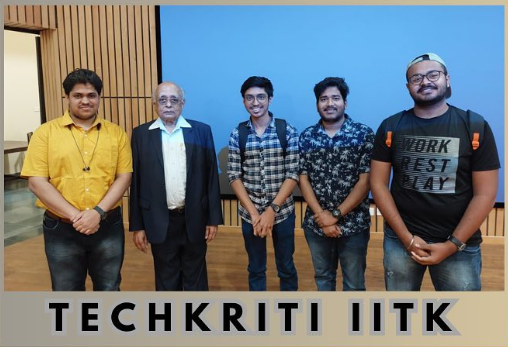
TECHKRITI IITK
Team ASTRO NITR comprising Param Joshi, Amlan Abhilash Mishra, Sujal Patel and Ruturaj Dwivedy secured the First Runner Up position in Astrophysics event "Observe Analyse and solve" held at IIT Kanpur's Technical Fest.
Congratulations to the team for its hard word and dedication.

TECHKRITI IITK
Team ASTRO NITR comprising Param Joshi, Amlan Abhilash Mishra, Sujal Patel and Ruturaj Dwivedy secured the First Runner Up position in Astrophysics event "Observe Analyse and solve" held at IIT Kanpur's Technical Fest.
Congratulations to the team for its hard word and dedication.

TECHKRITI IITK
Team ASTRO NITR comprising Param Joshi, Amlan Abhilash Mishra, Sujal Patel and Ruturaj Dwivedy secured the First Runner Up position in Astrophysics event "Observe Analyse and solve" held at IIT Kanpur's Technical Fest.
Congratulations to the team for its hard word and dedication.

TECHKRITI IITK
Team ASTRO NITR comprising Param Joshi, Amlan Abhilash Mishra, Sujal Patel and Ruturaj Dwivedy secured the First Runner Up position in Astrophysics event "Observe Analyse and solve" held at IIT Kanpur's Technical Fest.
Congratulations to the team for its hard word and dedication.

TECHKRITI IITK
Team ASTRO NITR comprising Param Joshi, Amlan Abhilash Mishra, Sujal Patel and Ruturaj Dwivedy secured the First Runner Up position in Astrophysics event "Observe Analyse and solve" held at IIT Kanpur's Technical Fest.
Congratulations to the team for its hard word and dedication.

TECHKRITI IITK
Team ASTRO NITR comprising Param Joshi, Amlan Abhilash Mishra, Sujal Patel and Ruturaj Dwivedy secured the First Runner Up position in Astrophysics event "Observe Analyse and solve" held at IIT Kanpur's Technical Fest.
Congratulations to the team for its hard word and dedication.
ASTRONOMY
GALLERY
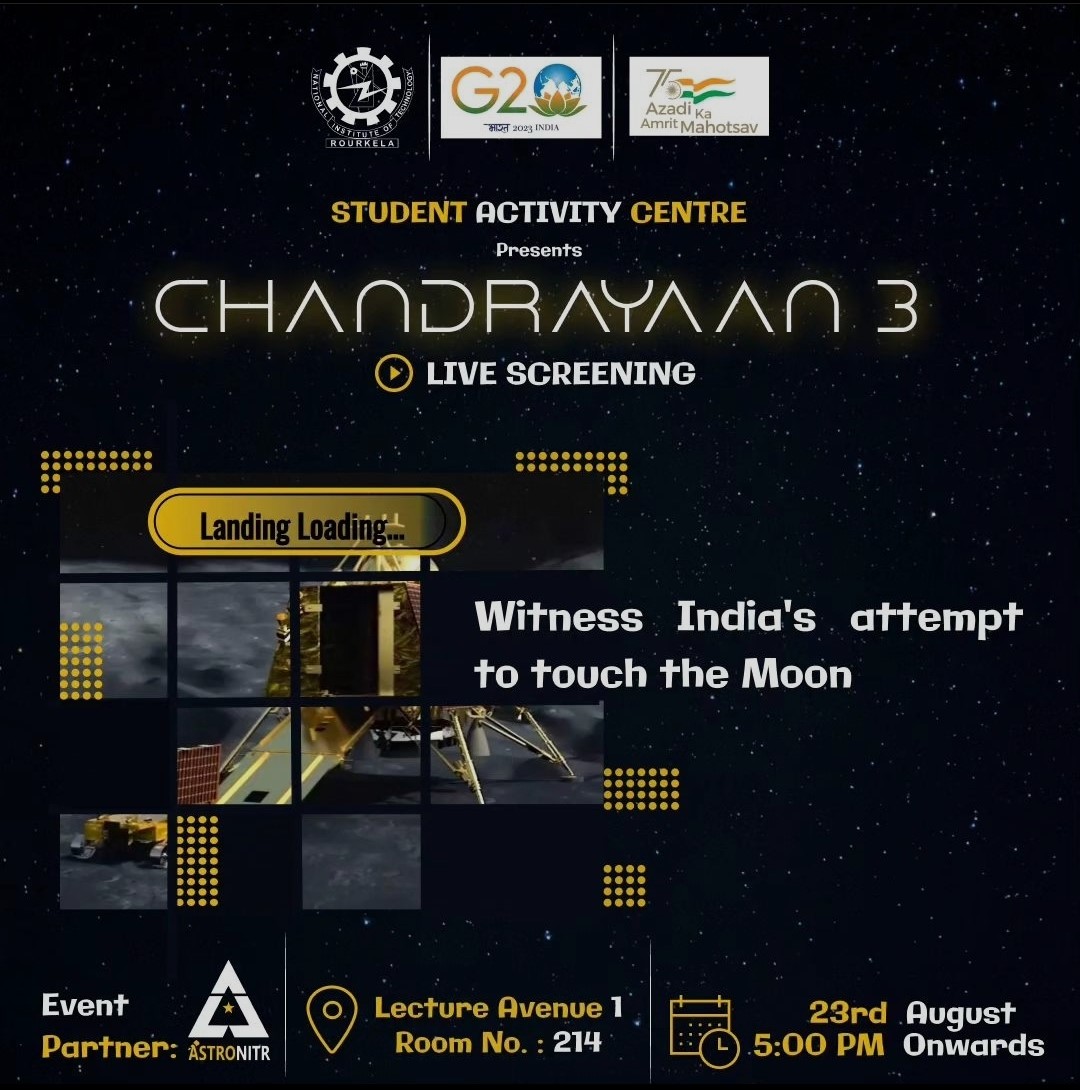









TEAM
OBSERVATION | DISCUSSIONS | EXPANSION
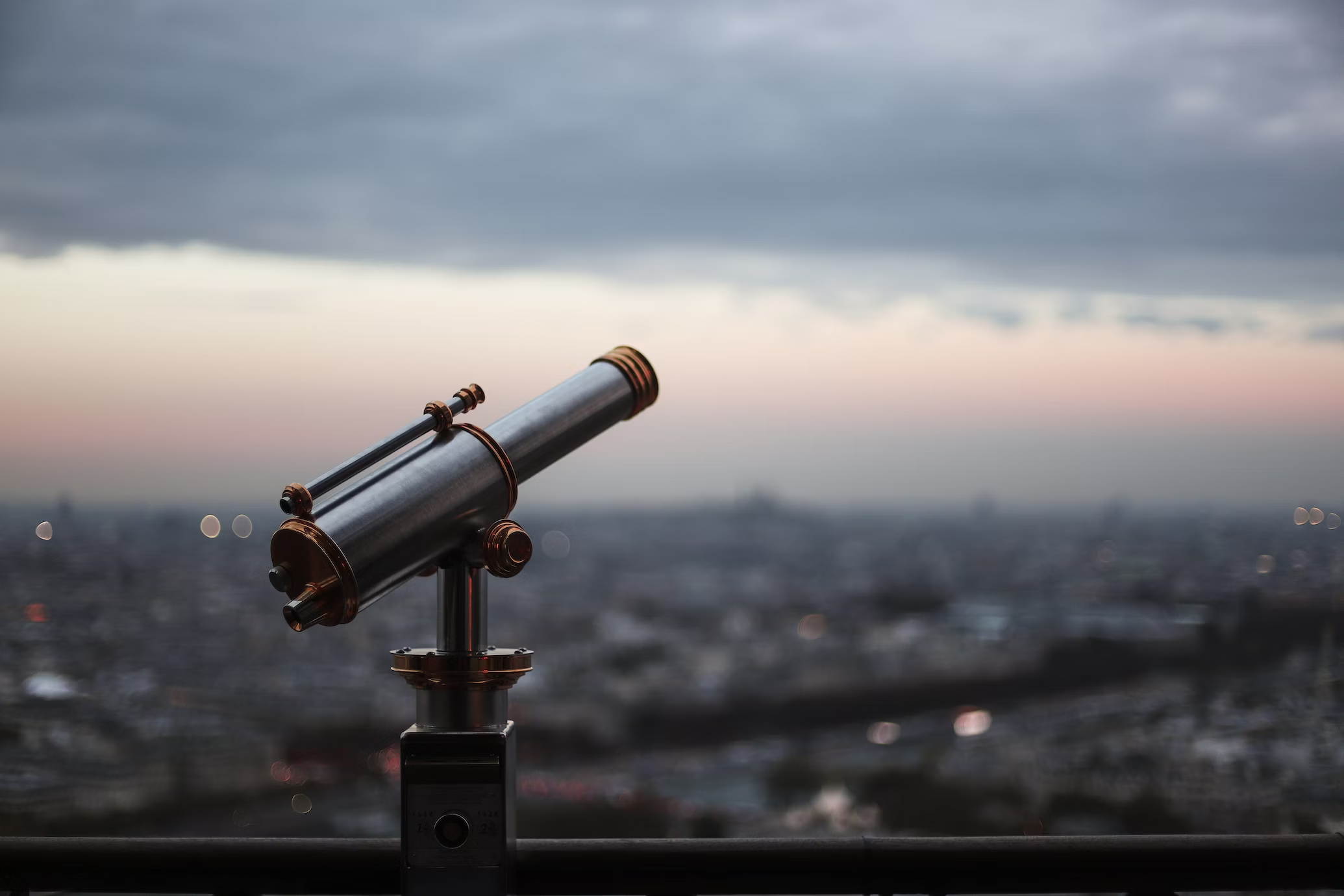
SPACE ENTHUSIASTS

TECHNICAL TEAM

DESIGN TEAM

EDITING TEAM
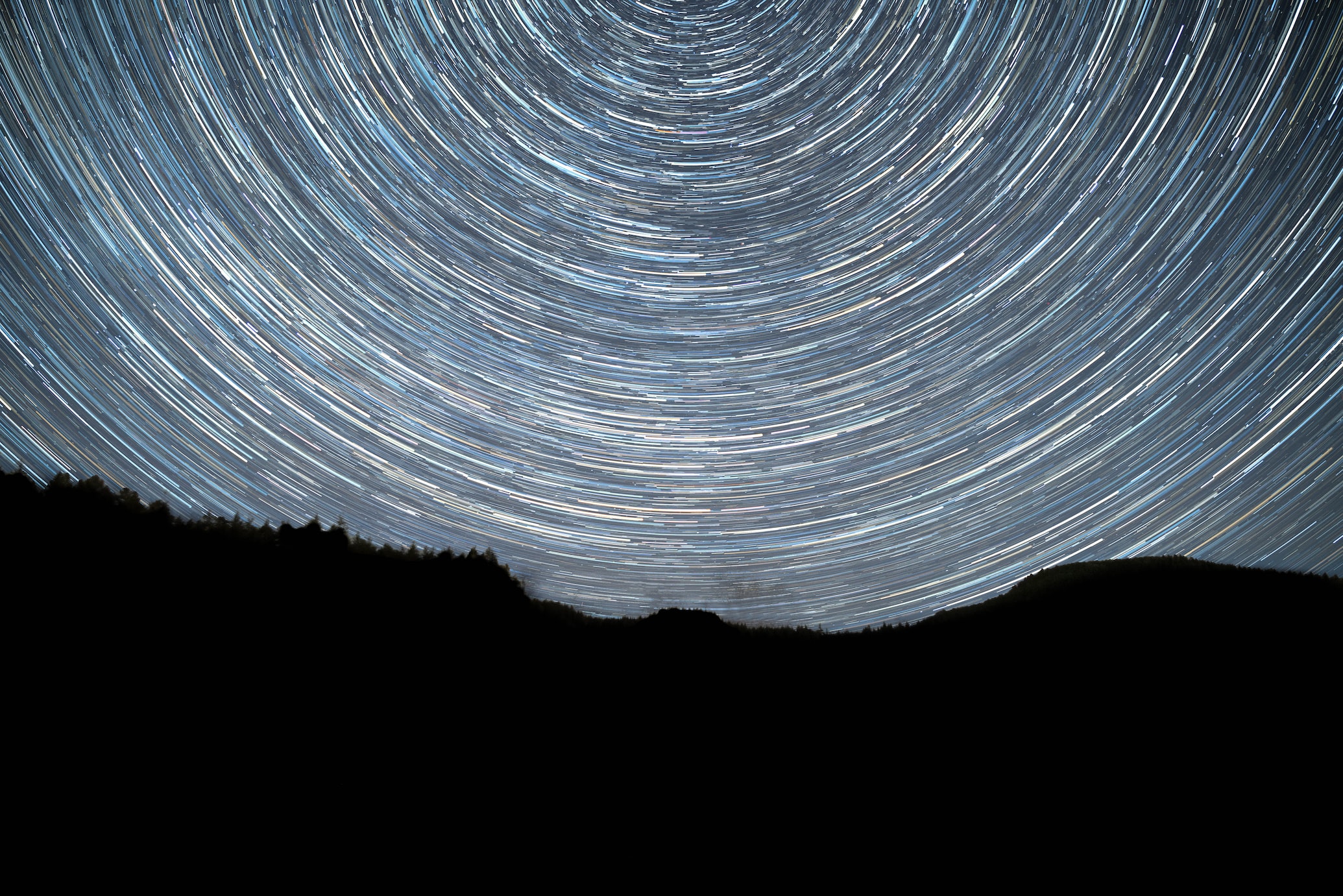
ASTRO PHOTOGRAPHERS

